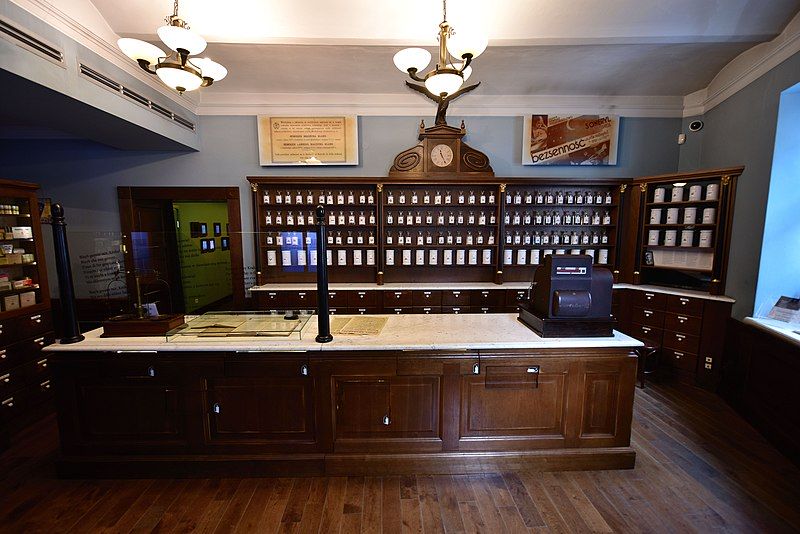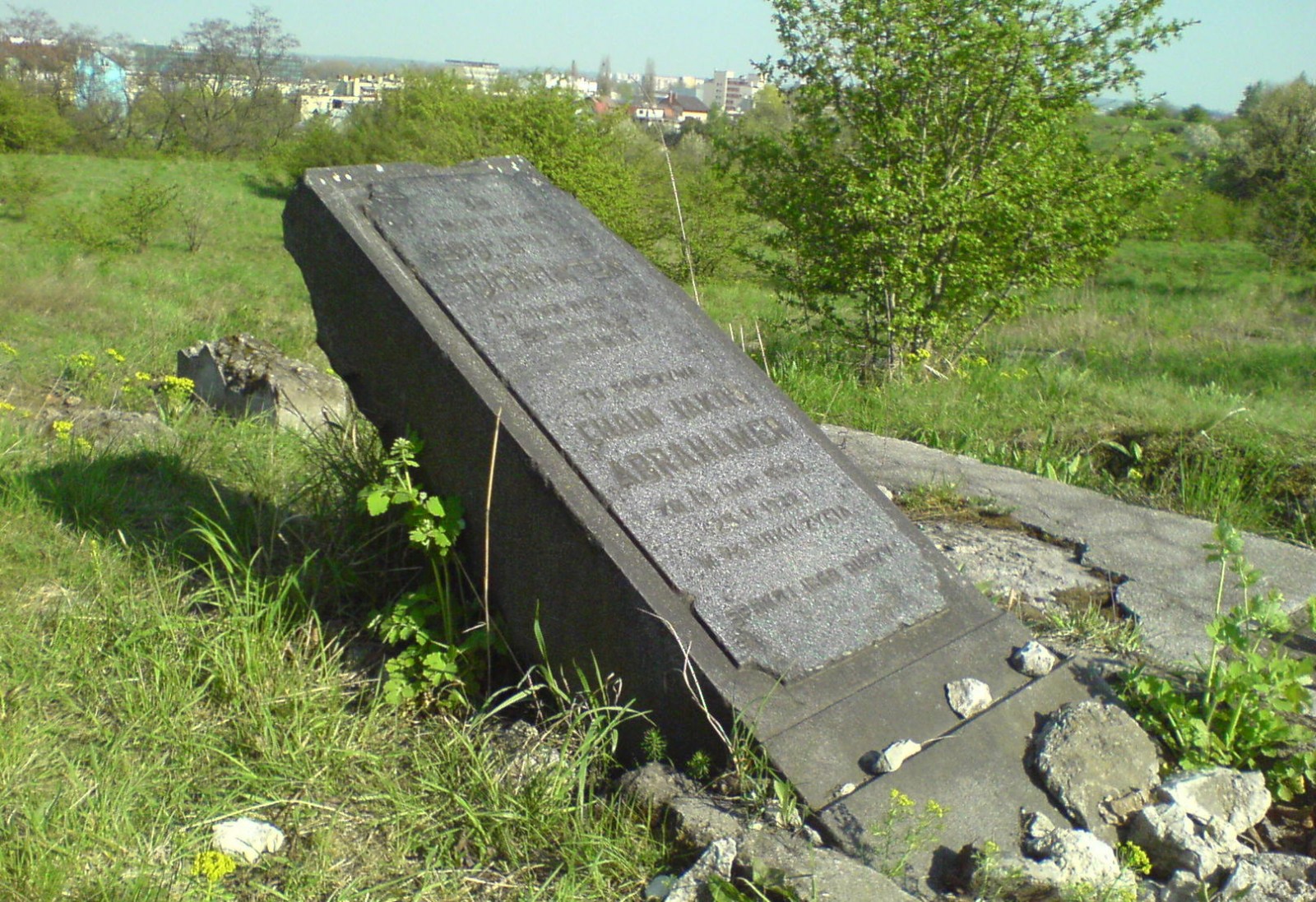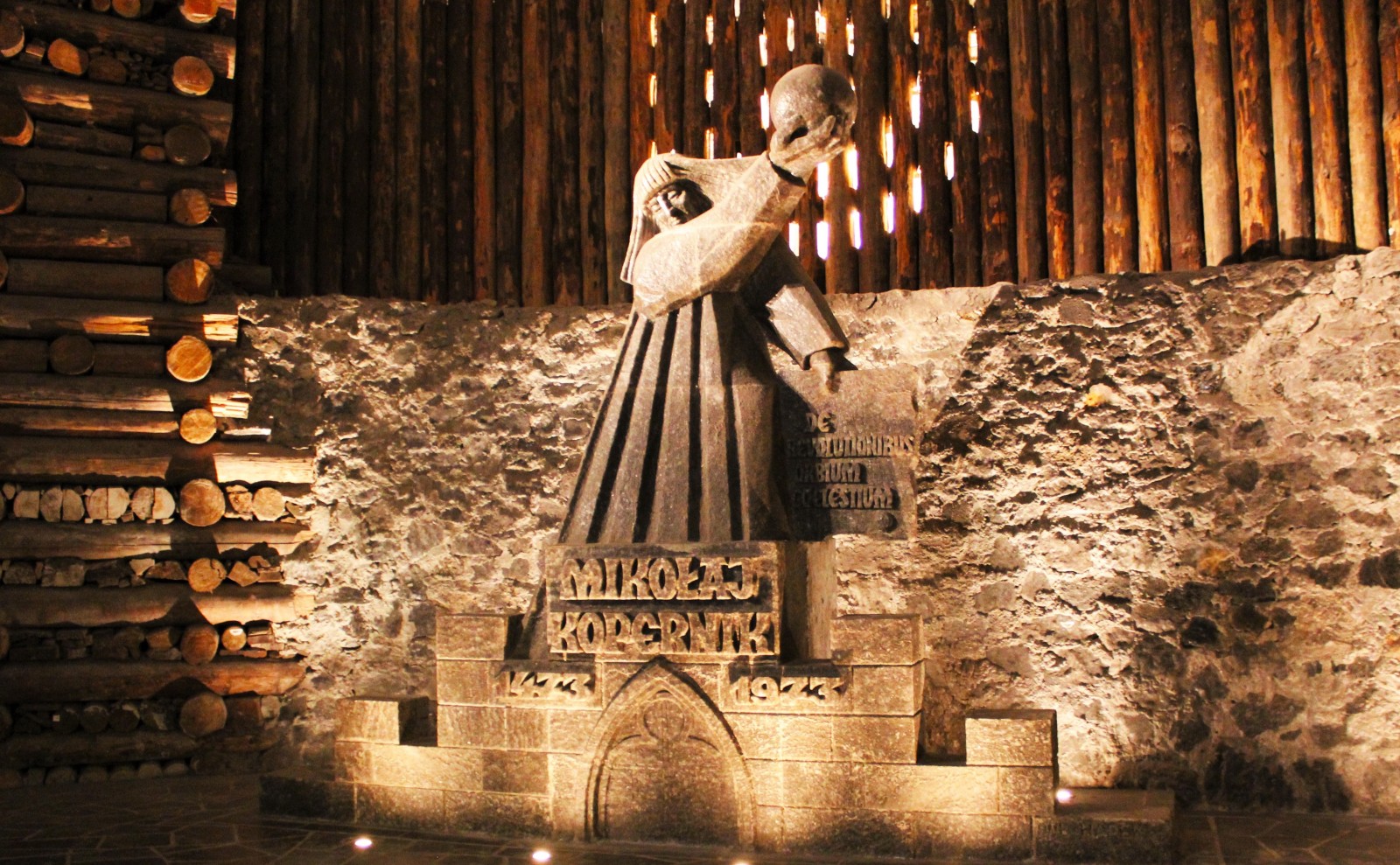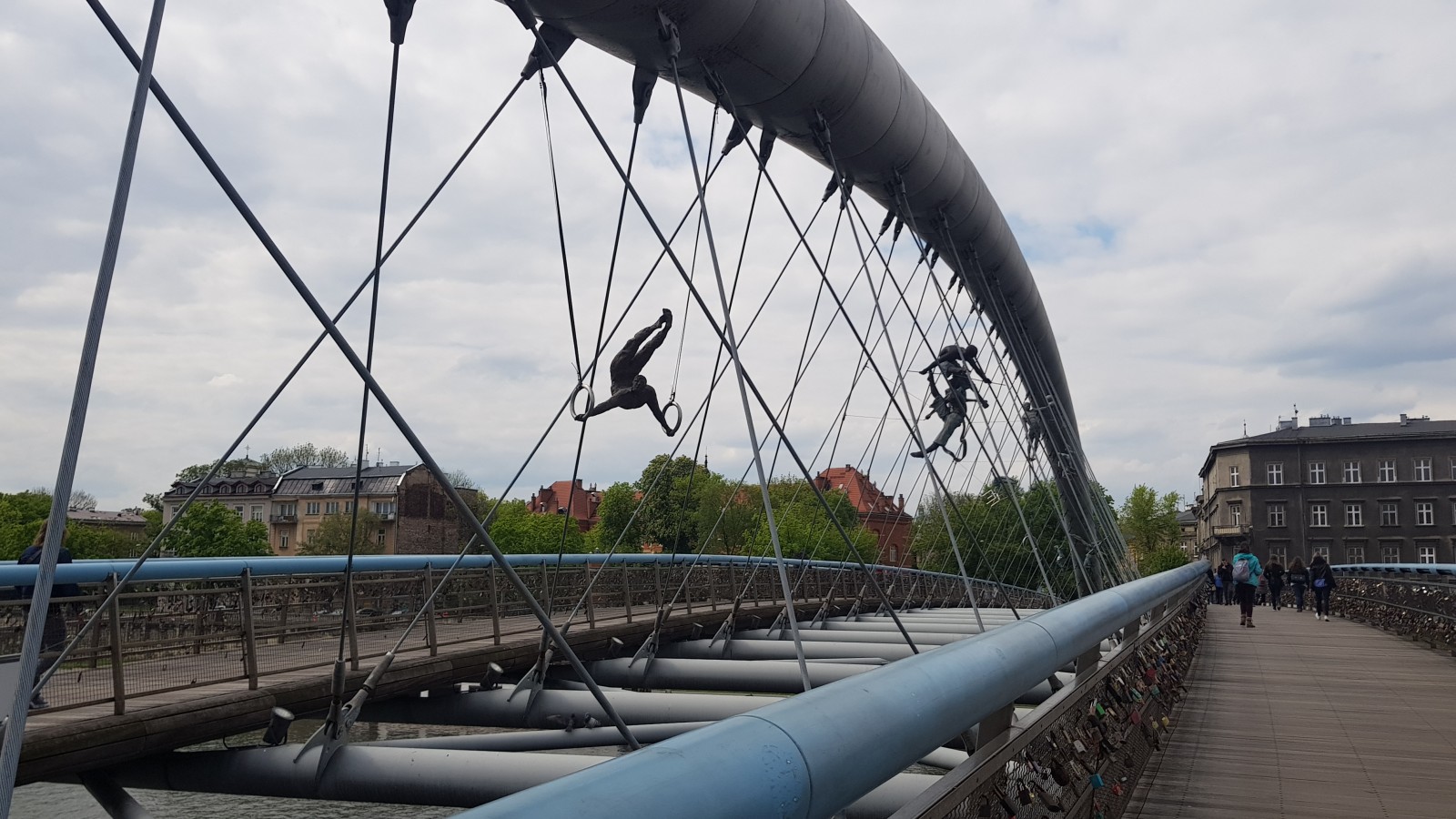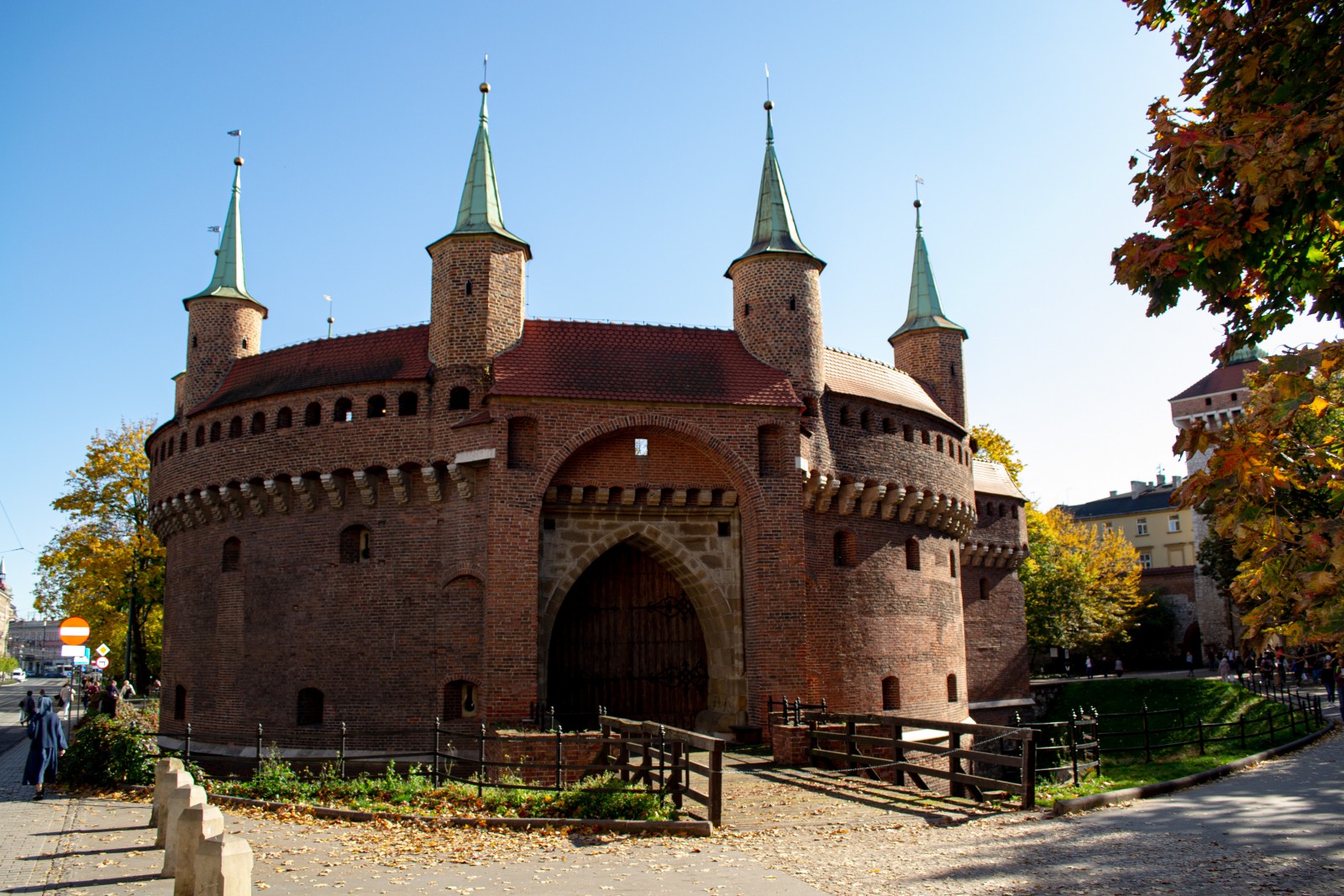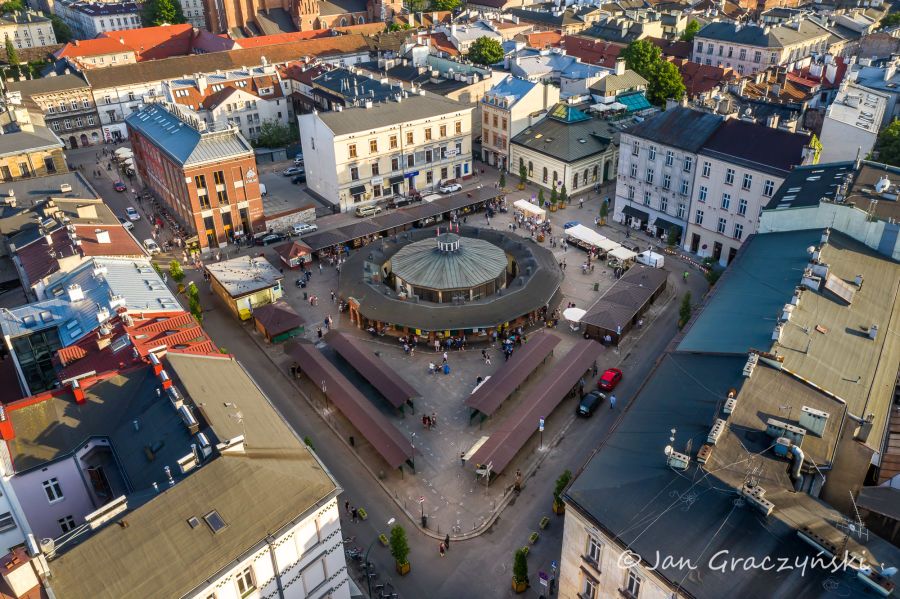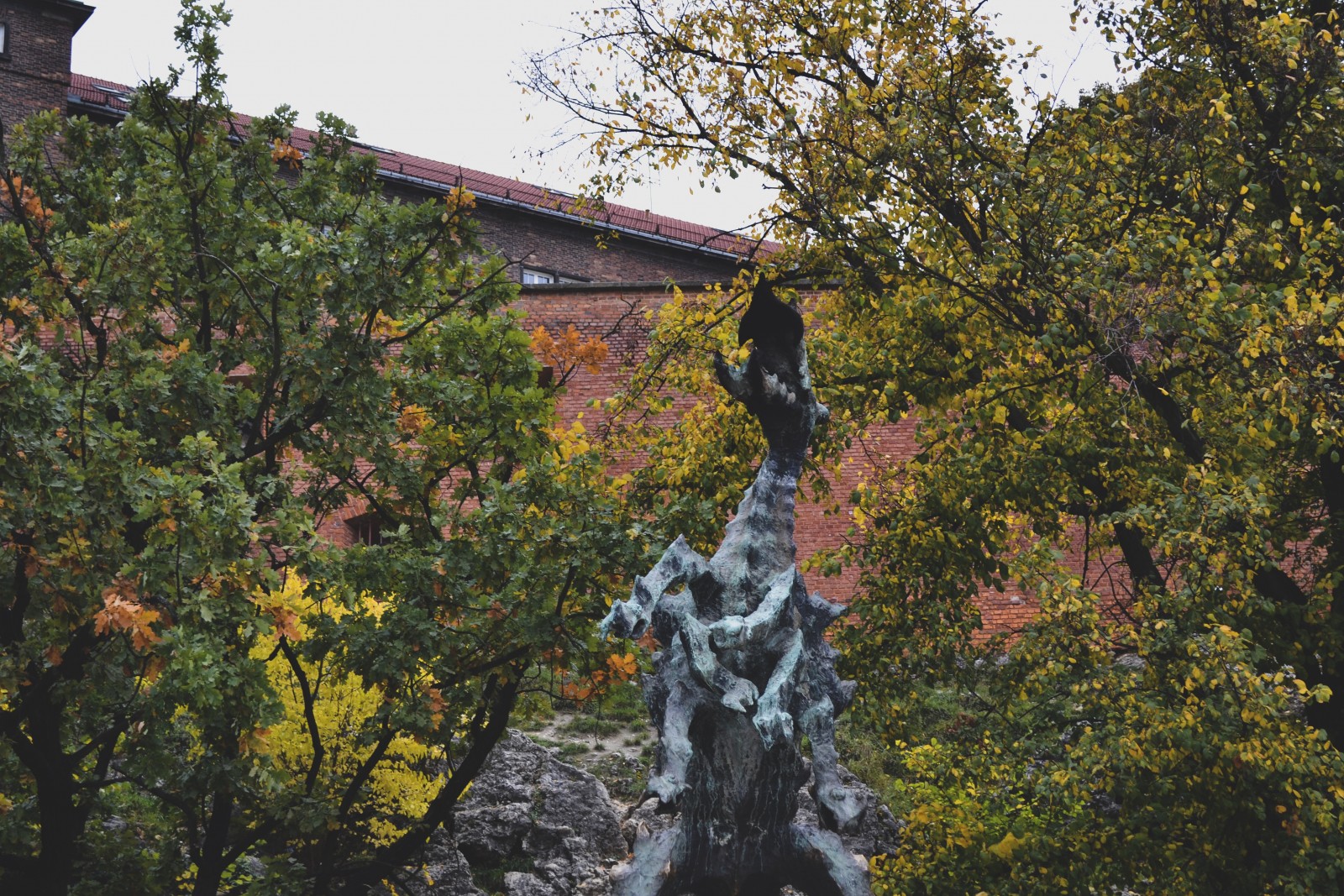Auschwitz - Birkenau Tours from Kraków by Krakville Tours
Introduction:
When planning a visit to Auschwitz, one of the most crucial decisions is selecting the best tour that suits your preferences and interests. In this guide, we will delve into the factors to consider and highlight the unique offerings of Auschwitz - Birkenau Tours from Kraków by Krakville Tours.
Historical Significance:
Embarking on a journey to Auschwitz - Birkenau is a solemn experience that requires a thoughtful approach. Our tours not only provide historical context but also ensure a respectful and educational visit to these World Heritage Sites.
Expert Guides:
Our knowledgeable guides, well-versed in the history of Auschwitz, play a pivotal role in making your tour informative and engaging. They provide insights into the grim reality of the Holocaust while navigating you through the significant landmarks.
Small Group Experience:
To enhance the overall experience, we offer small group tours that allow for a more intimate and personalized exploration. This ensures that you can absorb the gravity of the site while having your questions answered by our expert guides.
Convenient Departures from Kraków:
Choosing Auschwitz - Birkenau Tours from Kraków by Krakville Tours means opting for convenience. Our tours depart from Kraków, providing easy access for tourists staying in the city. Our central location allows for a seamless transition from your accommodation to the historic sites.
Flexible Itinerary Options:
Understanding that every traveler has unique preferences, we offer flexible itineraries. Whether you prefer a morning or afternoon tour, our schedule accommodates your needs, ensuring a hassle-free experience.
Comprehensive Auschwitz Experience:
Our tours cover both Auschwitz I and Auschwitz II-Birkenau, offering a comprehensive understanding of the history and the atrocities committed during the Holocaust. You'll witness the preserved barracks, the iconic gatehouse, and the solemn remnants of the gas chambers and crematoria.
Positive Reviews and Testimonials:
Don't just take our word for it; read the positive reviews and testimonials from our satisfied customers. Their experiences highlight the sensitivity, expertise, and professionalism that define Auschwitz - Birkenau Tours from Kraków by Krakville Tours.
Conclusion:
Choosing the best Auschwitz tour is a crucial decision, and Auschwitz - Birkenau Tours from Kraków by Krakville Tours aims to make it an unforgettable and educational experience. Immerse yourself in the history, pay tribute to the victims, and gain a profound understanding of this dark chapter in human history with our expertly crafted tours. Book your Auschwitz tour with us today for a meaningful and respectful exploration of these significant historical sites.

